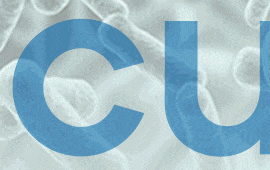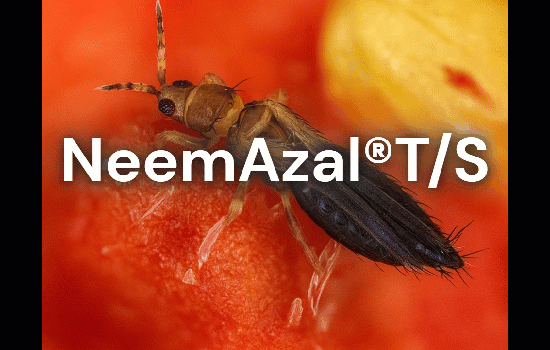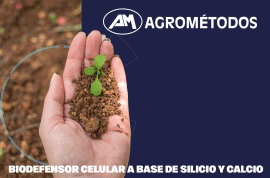Un estudio realizado por la Asociación Valenciana de Agricultores AVA-ASAJA, en colaboración con UPL y Koppert, ha evaluado la eficacia del control biológico frente al control químico convencional de plagas en mandarino. Durante dos campañas agrícolas, se compararon dos estrategias: una basada en el uso productos químicos autorizados y otra que combina el aceite de parafina (de acción por contacto y asfixia) con la suelta de enemigos naturales, como el ácaro depredador Amblyseius swirskii y el parasitoide Aphytis melinus. Los resultados del estudio muestran que la estrategia biológica es tan eficaz como la química para controlar plagas clave como la mosca blanca (Dialeurodes citri) y el piojo rojo de California (Aonidiella aurantii), pero se constata la importancia de emplear el control biológico de manera preventiva. El uso de A. swirskii y aplicaciones puntuales de aceite de parafina tras detectar picos de incidencia permitió reducir significativamente las poblaciones de mosca blanca, mientras que la suelta de A. melinus, tras el monitoreo adecuado, controló eficazmente el piojo rojo. Además, el estudio también constató el incremento de la fauna útil en la parcela, la alta biodegradabilidad del aceite de parafina y la posibilidad de obtener fruta libre de residuos químicos, facilitando el acceso a mercados que exigen productos más sostenibles.
A study conducted by the Valencian Association of Farmers (AVA-ASAJA), in collaboration with UPL and Koppert, evaluated the effectiveness of biological control versus conventional chemical control of pests in mandarin trees. Over two agricultural seasons, two strategies were compared: one based on the use of authorized chemical products and another that combines paraffin oils (which act by contact and suffocation) with the release of natural enemies, such as the predatory mite Amblyseius swirskii and the parasitoid Aphytis melinus. The results of the study show that the biological strategy is as effective as the chemical one in controlling key pests such as whitefly (Dialeurodes citri) and California red scale (Aonidiella aurantii), but it is noted that it is important to employ biological control preventively. The use of A.swirskii and targeted applications of paraffin oils after detecting peaks of incidence significantly reduced whitefly populations, while the release of A.melinus, after proper monitoring, effectively controlled the red scale. Furthermore, the study also confirmed an increase in beneficial fauna in the plot and the possibility of obtaining fruit free of chemical residues, facilitating access to markets that demand more sustainable products.














